When President Abraham Lincoln was elected in 1860, seven southern states chose to secede from the Union and ultimately began the American Civil War.
This is the deadliest war fought on American soil to date, leaving much of the south in ruin afterward.
For nearly five years, the war went on until southern General Robert E. Lee surrendered to Union General Ulysses S. Grant on April 9, 1865, in Appomattox Court House, Virginia.
Here are the 10 most significant American Civil War sites preserved for current and future generations.
| Table of Contents [Show] |
|---|
Affiliate links may be used in this post. I may receive a small commission at no extra cost to you if you use my affiliate link.
Fort Sumter located off the coast of South Carolina is where it all began. Although the fort was in the South, President Lincoln held on to those forts in protest of the South seceding.
On April 12, 1861, Confederate artillery attacked the Union garrison. Once cut off from supply, the fort surrendered the following day. Then on September 8, 1863, the Union unsuccessfully tried to retake the fort.
Today, the fort is open to tours through the National Park Service. Be sure to buy tickets ahead of time, as they will sell out. A two-and-a-half-hour boat ride and tour of the fort will give you a deeper understanding of what went on that day.
Address: 1214 Middle St, Charleston, SC 29482
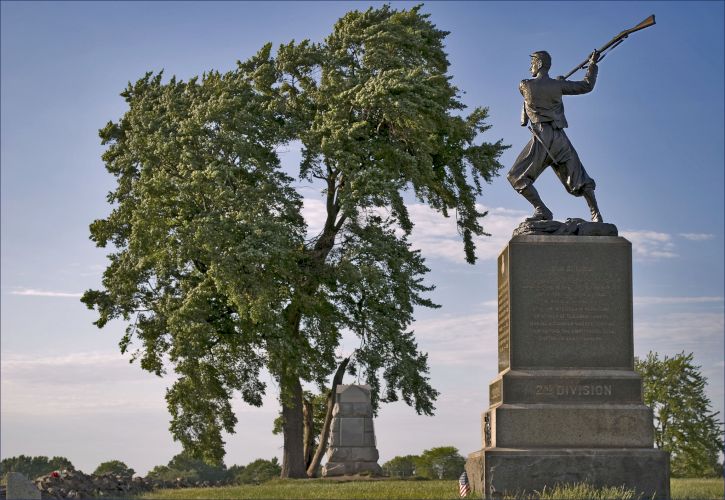
Gettysburg is one of the best-known battles from the civil war. From July 1-3, 1863, Union and Confederate troops met in what became the bloodiest battle ever to take place on American soil.
Between the two armies, up to 51,000 soldiers were lost over the three days of battle. This marked a major turning point in the war, as it ended General Robert E. Lee’s invasion of the North.
This battle was the inspiration for President Lincoln's famous Gettysburg Address, which he delivered there four months after the battle. Today this is one of the best-known speeches in American history.
While there, be sure to check out the Gettysburg Museum and visitor center artifacts. They have one of the world's largest collections of Civil War artifacts.
Address: 1195 Baltimore Pike,Gettysburg, PA 17325
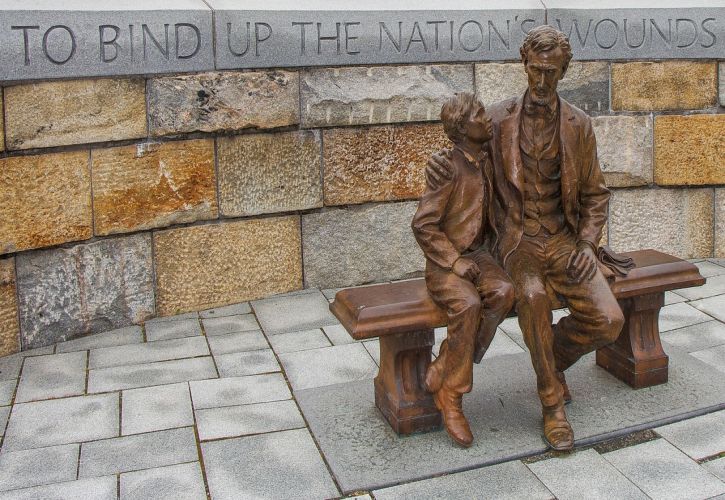
During the war, the south used Richmond as the Confederate States of America capitol.
Due to its proximity to the Mason-Dixon line and being the capital of the Confederacy, the city is home to numerous Civil War sites.
Many of these sites around the city have been preserved as they would have looked at the time of the war.
Besides the battle sites, check out the White House of the Confederacy and the American Civil War Museum.
The White House of the Confederacy is where Jefferson Davis lived and worked until the war ended in 1865 and is open to tours. The American Civil War Museum just opened its new location and exhibits.
Address: Richmond, Virginia
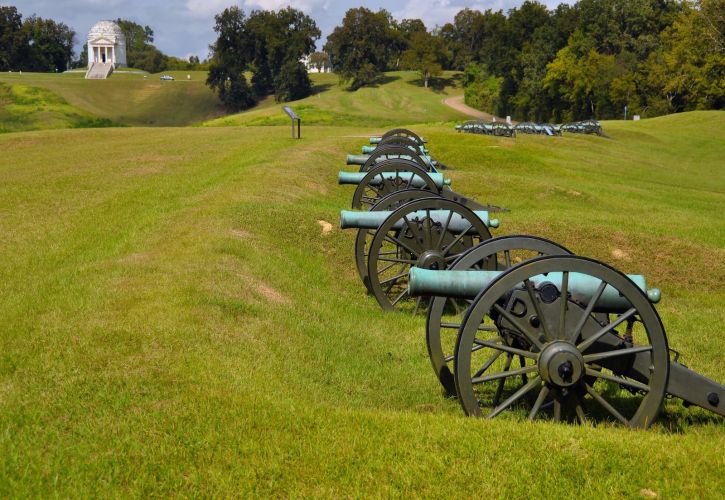
Vicksburg, Mississippi, was described as “the nailhead that holds the South’s two halves together” by Confederate President Jefferson Davis.
Control of the city was important for control of the Mississippi River, which in turn meant control over food and supplies for the South.
Confederates fortified the city with riverfront artillery batteries and a ring of forts around the city with over 170 cannons. Ulysses S. Grant held a 47-day siege on the city ending in surrender, a major victory for the North.
Visit the USS Cairo Gunboat and Museum while there. A flotilla of Union gunboats down the Mississippi River was the best way to attack Vicksburg.
Although the USS Cairo was shot down during the Civil War, it was well preserved at the bottom of the river. The gunboat has since been restored, and artifacts can be seen at the museum in Vicksburg.
Address: 3201 Clay St, Vicksburg, MS 39183
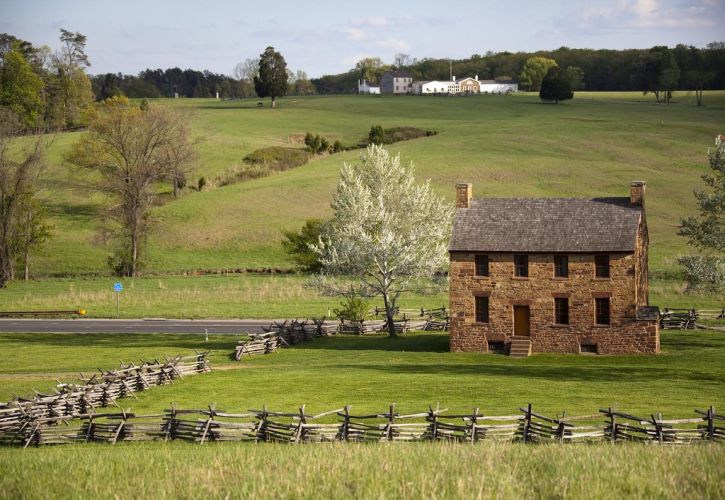
Better known as the First and Second Battle of Bull Run, this battlefield was home to a major Confederate victory.
Here is where General Thomas J. Jackson earned his nickname Stonewall Jackson because he would not back down in the Second Battle for Bull Run. This battle marked the height of Confederate power during the Civil War.
While visiting, take a guided tour of the park, or observe a living history reenactment of the battle that took place.
Address: 6511 Sudley Rd, Manassas, VA 20109
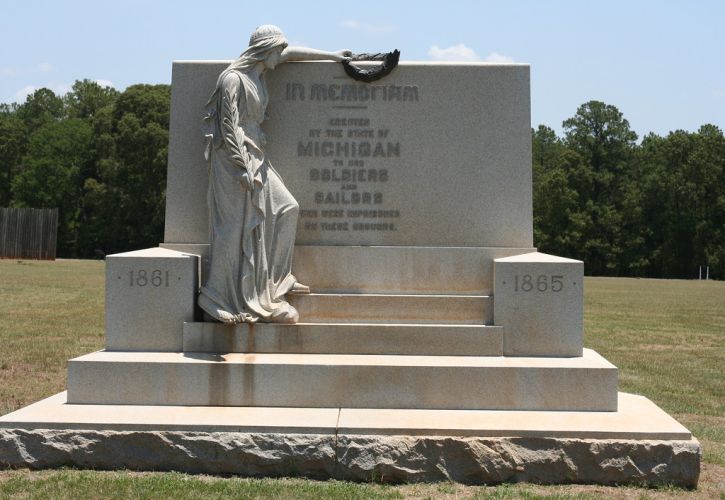
The Andersonville Prison, also known as Camp Sumter, was one of the largest Confederate military prisons during the Civil War.
Camp Sumter operated during the final year of the Civil War. The camp was designed to hold 10,000 prisoners at a time but held over 32,000 at its most crowded point.
Thousands of Union soldiers died here from lack of water and disease. Today Andersonville is home to the memorial for all American Prisoners of War throughout history.
Address: 760 POW Rd, Andersonville, GA 31711
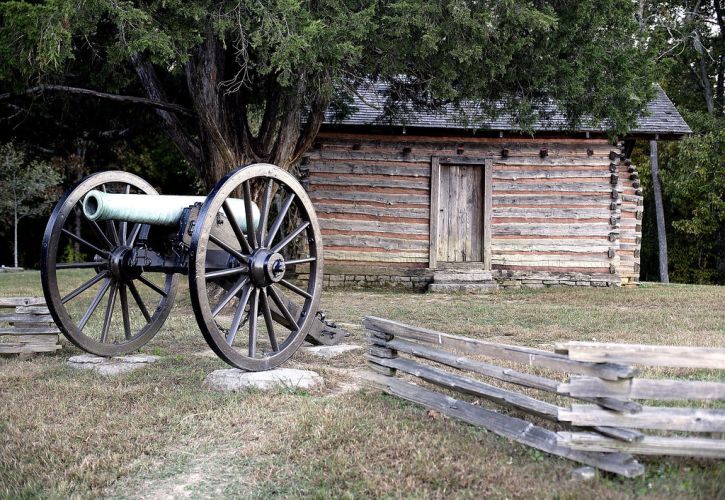
These two sites represent a Union loss and retreat that ultimately turned in their favor. On September 18-20, 1863, Confederates won the battle at Chickamauga for their last major victory in the war.
Union Generals thought there was a gap in their line, but to fill the presumed gap, accidentally created an actual gap.
By luck, the Confederates found the gap and successfully split Union lines leading to their retreat to Chattanooga. It is best to visit Chickamauga first since it was here the first battle happened, and the park headquarters is located here.
With the Union forces in Chattanooga, Confederate troops laid siege and surrounded the city.
Over a three-day period on November 23-25, 1863, the disorganized Union troops were able to break through what was believed to be an impregnable Confederate line.
First Union troops pushed back Confederate lines on Lookout Mountain and the following day on Missionary Ridge. The Union victory in Chattanooga was the gateway to the deep South and the victory they needed to work toward ending the war.
Address: 3370 Lafayette Rd, Fort Oglethorpe, GA 30742
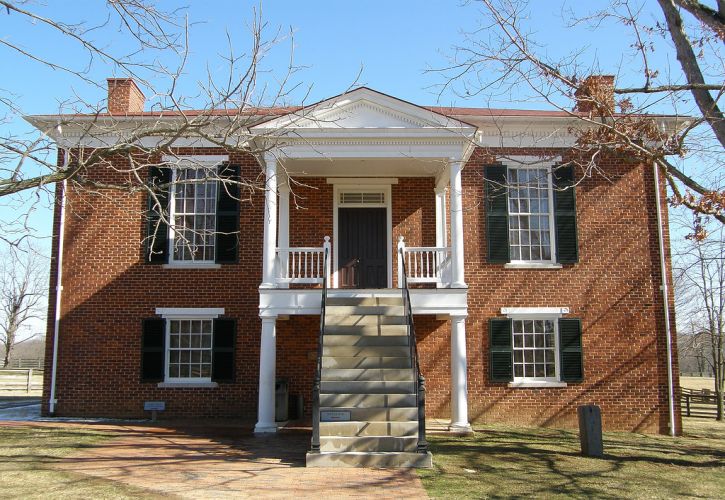
When General Robert E. Lee realized he could push no farther and could no longer retreat, he surrendered to Union General Ulysses S. Grant in Appomattox Court House on April 9, 1865.
This marked the end of the Civil War. Much of the small village of Appomattox Court House still stands in the park. You can walk through to get a sense of what life was like here at the end of the Civil War.
Address: 111 National Park Dr, Appomattox, VA 24522
Also Read: Top Tourist Attractions in Virginia
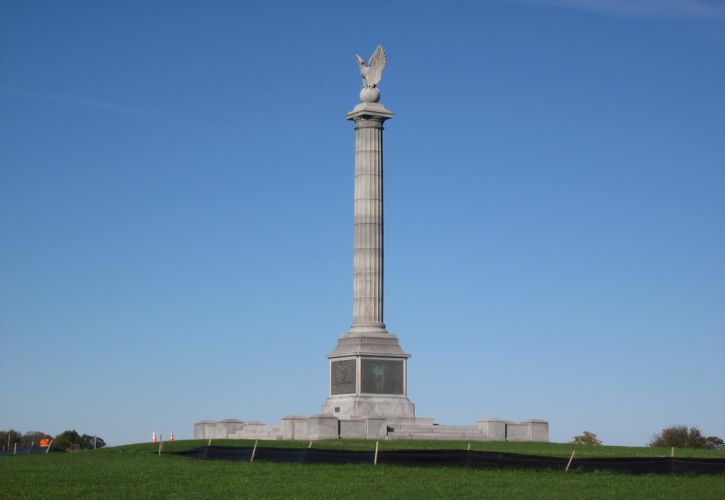
This battle was a major defeat for Confederate forces. On September 17, 1862, the North ended General Robert E. Lee’s first invasion of the North.
After the battle, President Lincoln signed the Emancipation Proclamation stating that all slaves in the Confederate states would be freed.
With options from self-guided driving tours, battlefield walks and talks with rangers, or exploring the Ry House Field Hospital Museum, there is plenty for groups of all interests to do.
Address: 302 E Main St, Sharpsburg, MD 21782
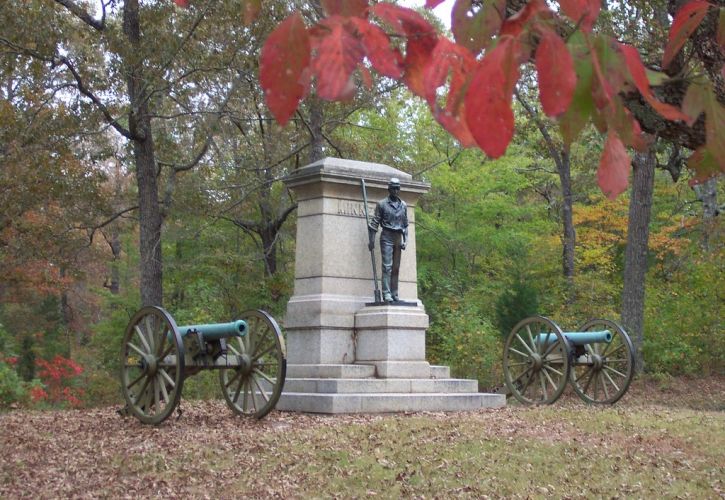
The Battle of Shiloh went on for two days on April 6-7, 1862 and was key for control of the railroad junction in Corinth, Mississippi.
Although there was no true winner of the battle, it was a loss for the Confederate army since Union forces were able to capture Corinth after the battle.
Here, you can visit the battlefields as well as the United States National Cemetery.
Shiloh is also known for the Shiloh Indian Mounds. These rectangular mounds with flat tops would have been for important buildings. One round-top mound was used for the burial of an important member of the tribe.
Address: 1055 Pittsburg Landing Rd, Shiloh, TN 38376
Also Read: Top Tourist Attractions in Tennessee